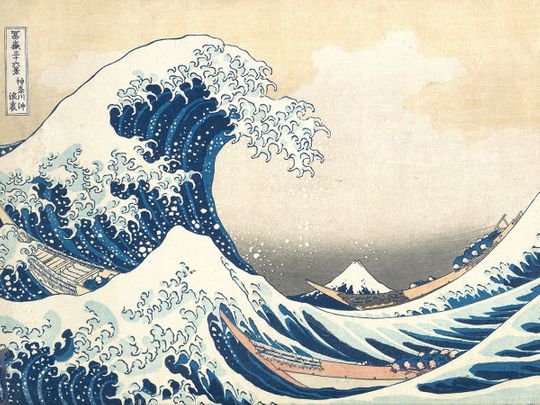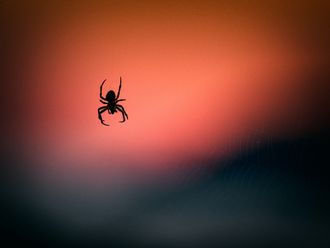
Picture this: A fleet of over 1,000 boats bearing down on the island nation of Japan, with 140,000 deadly Mongol soldiers armed to the teeth – one of the largest armadas the world had ever seen. Who or what could stop them?
Click start to play today’s Crossword, which tests your knowledge of wind and weather.
The Japanese believe that the answer, as in the theme of today’s Crossword, is wind, or the massive waves it creates.
The legend tells a tale from the year 1274, when Mongolian emperor Kublai Khan decided to invade Japan. He first tried it with a fleet of several hundred boats, and 30,000 men. But when they were on the way to the country, they were met with a kamikaze (Japanese for ‘spirit wind’), which completely destroyed their fleet. The Mongols tried the assault again in 1281, with a much larger fleet and troop of soldiers. Again, they were thwarted by another incredible typhoon.
The storms became the stuff of legend in Japanese history, becoming bigger and deadlier with every retelling. The legendary waves were even depicted in art – like the famous woodblock print “The Great Wave off Kanagawa” by Japanese ukiyo-e artist Hokusai, which was published in the late 1820s. Another similar painting was depicted in a 19th century piece by Japanese artist Issho Yada.
Centuries later, thousands of pilots who were a part of Japanese Special Attack Units during the Second World War, would come to be known as kamikazes. They would protect Japan again by crashing their planes into Allied naval warships, in suicide missions. About 3,800 kamikaze pilots died during the war.
If the kamikaze legend is so powerful, was the ‘spirit wind’ actually real?
According to a January 2015 study published in the journal Geology, scientists looked at layers of sediment dating back to around 2,000 years in a water body near the Mongol invasion site. Sediments often give researchers a record of past weather, because they contain materials washed in by storms. In this case, they got what they were looking for – they found two large deposits of marine sediments that corresponded with the typhoons. They also saw evidence of a period of flooding, from 250AD to 1,600AD – this meant that large storms were common during that time period, particularly in that region.
Kamikaze typhoons, therefore, were not just possible, they were probable.
Did you know about the legendary kamikaze? Play today’s Crossword and tell us at games@gulfnews.com.




